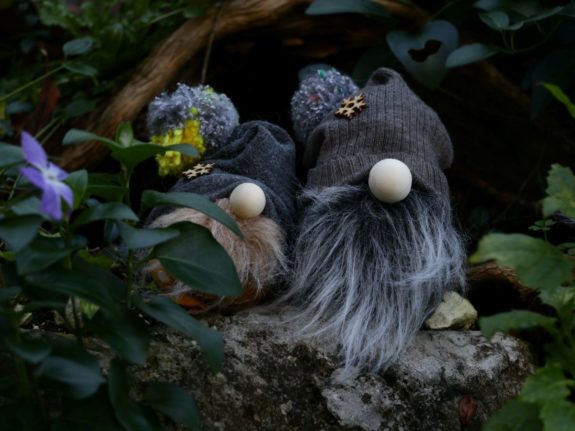Nisser are small supernatural creatures that could be compared to a gnome or an elf. They have existed in Norwegian folklore for centuries and are heavily associated with Christmas in Norway.
As with many traditions in Norway, folklore from before and after the rise of Christianity are intertwined in nisser lore.
After the Chrsitianisation of Norway, nisser saw a fall in popularity as they were seen as ungodly.
During the period of national romanticism, the period which also saw bunads and other symbols of Norway celebrated, nisser became more popular and became a symbol for Norway to the point they were later associated with campaigns against prohibition and resistance against Nazi occupation.
It is during this period they started to become more intertwined with Christmas. Initially, they had little to do with the holidays until they began to appear on Christmas cards.
The exact origin of the word nisse isn’t completely clear. Some point to it being a version of the name Nils – the Nordic form of Nicholas. Santa Claus or Saint Nicholas is referred to as Julenissen (literally translated as the Christmas nisse) in Norwegian.
Santa Claus is also reliant on the help of elves, also called nisser.
However, nisser had existed in Norway long before becoming associated with Christmas. Santa Claus originally had nothing to do with nisser, despite the name. This link became clearer over time, though.
Another origin of the word may also be derived from the Old Norse niðsi, meaning “dear little relative”. This is in keeping with the benevolent nature of most nisser.
The benevolent nature is due to nisser living in barns and homesteads. They typically act as secret guardians and will protect family and animals from evil and misfortune. They also supposedly help with chores and farm work.
This more benevolent side to a nisse may result from a change in spirits or a PR campaign because previously, they could be known for being quick-tempered and taking joy in others’ misfortune.
For this reason, many choose to leave out some porridge for the nisse or nisser at Christmas. They believe this will keep them in the good books of the nisser. They may also leave out porridge for Father Christmas (Julenissen) instead. This tradition is similar to kids leaving milk, cookies or mince pies out for Satna Claus.



 Please whitelist us to continue reading.
Please whitelist us to continue reading.
Member comments